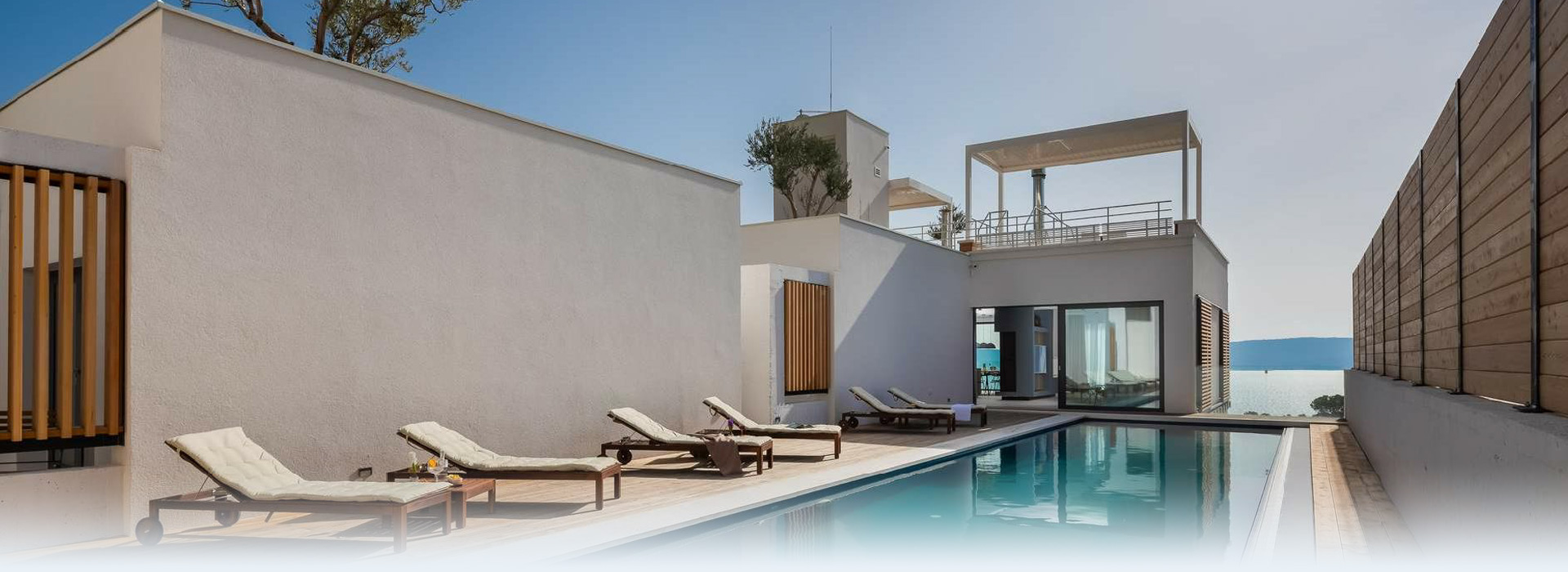
Villa BURA
Very exclusive villas with all conceivable facilities and a wonderful sea view. Price on request.
Villa BURA and MAESTRAL are located in the village of Marušići in the Split-Dalmatia County near some larger towns. With its almost untouched nature and nearby beaches, it is an ideal place for rest and recreation. Among the natural beauties in the area, the Biokovo Nature Park stands out, which offers the opportunity for hiking and enjoying outdoor activities. The canyon of the river Cetina is also worth a visit, where you can enjoy a quiet boat ride or rafting.
For those looking for nightlife, 23 kilometers east of the village of Marušići, is the town of Makarska, the city that never sleeps in summer and where you can enjoy yourself in many cafes and discos.

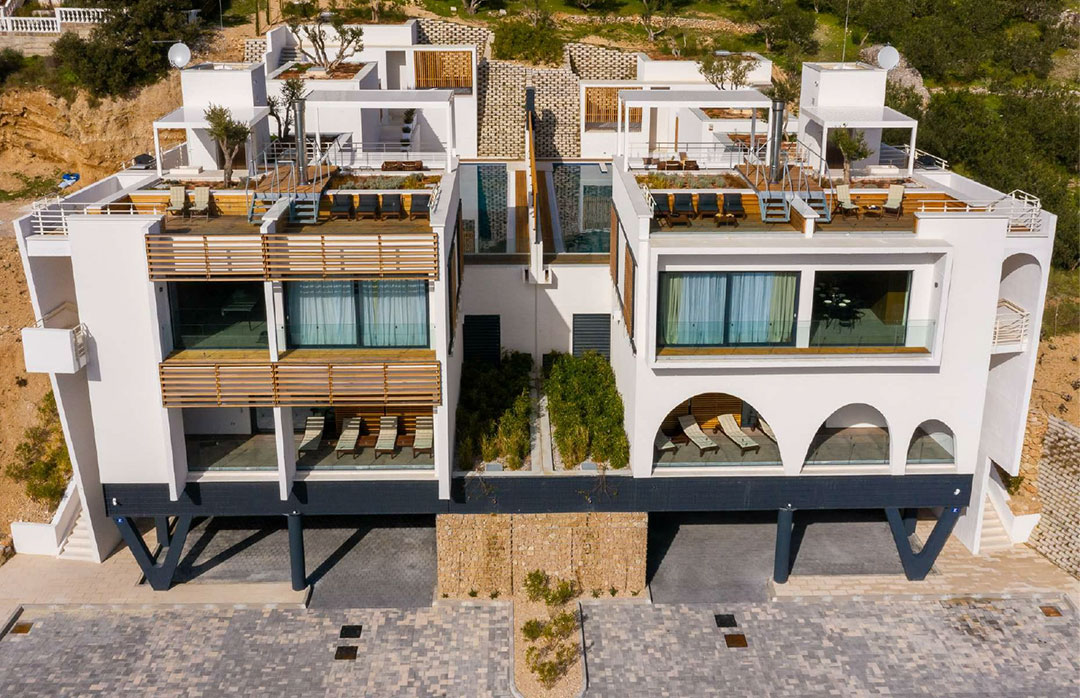
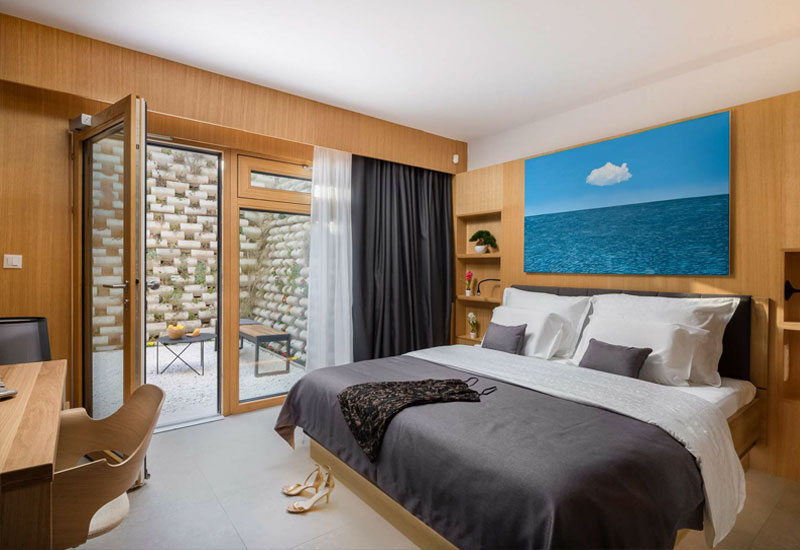
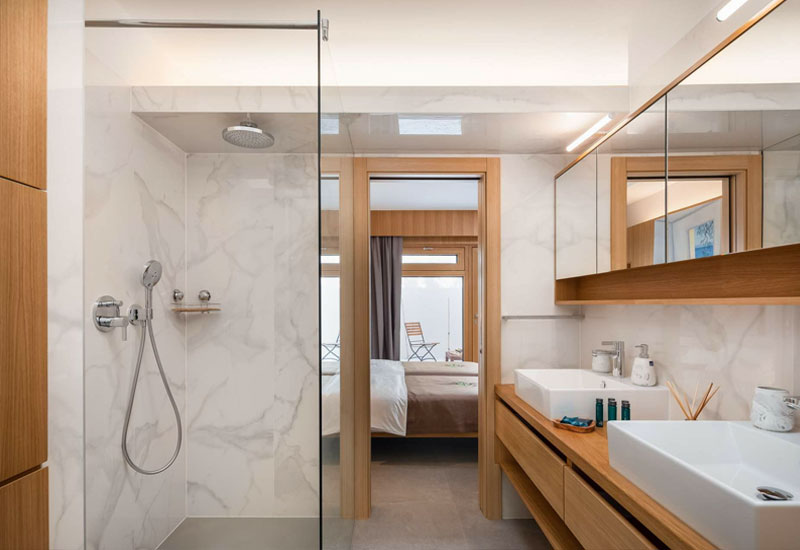
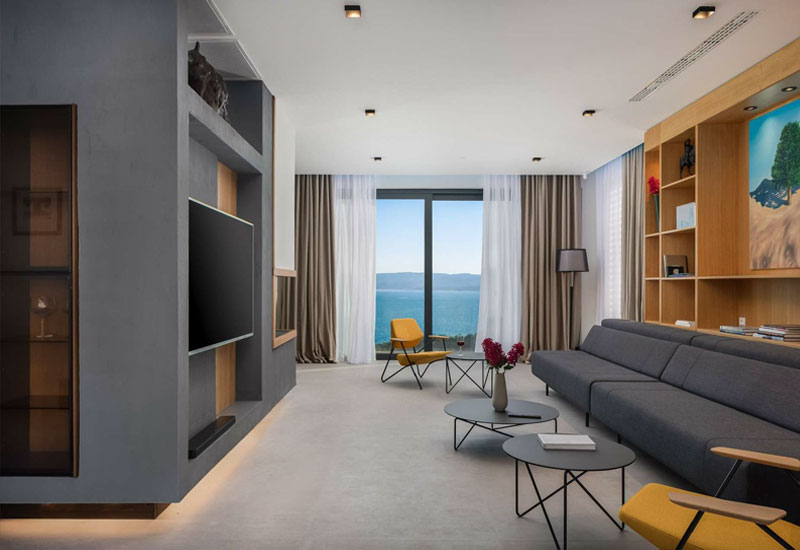
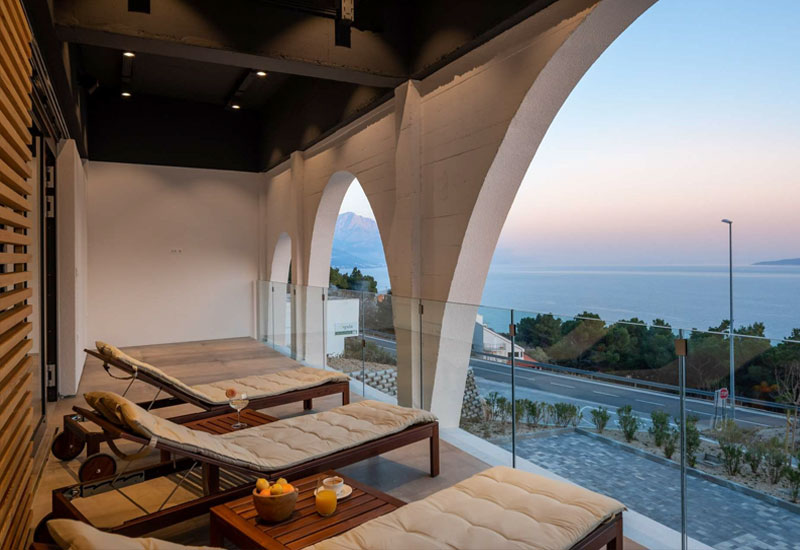
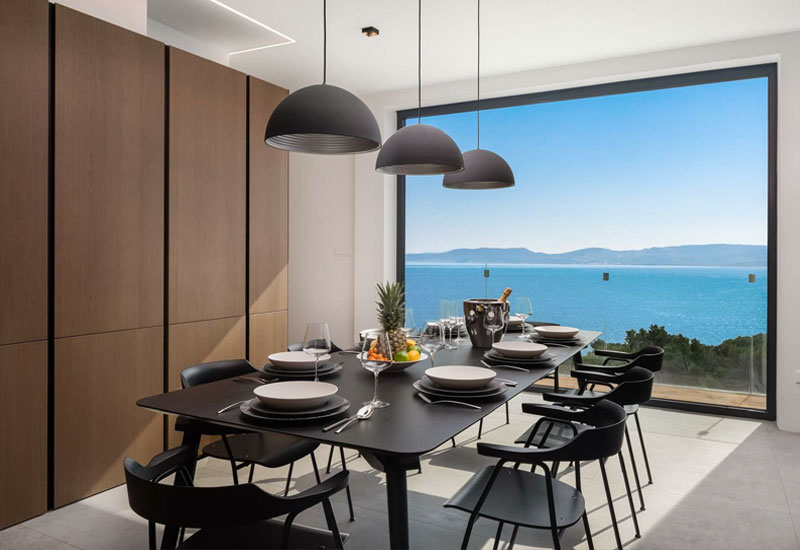
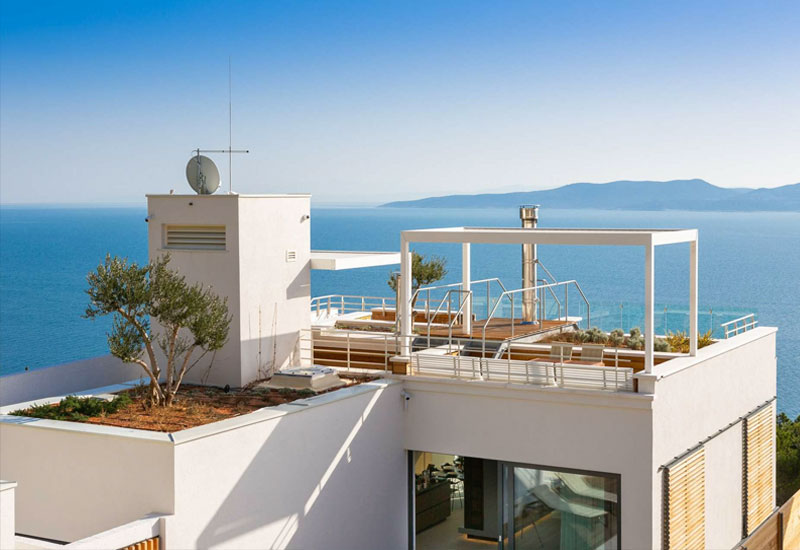


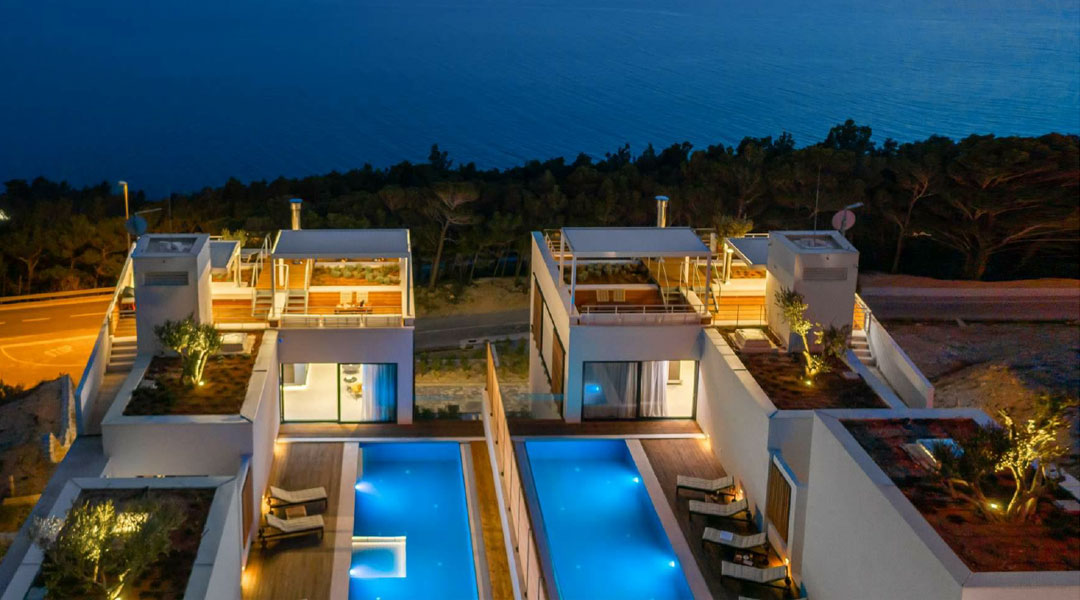

Vraag meer info aan:
About the location
Villa Bura and Villa Maestral are located in the village Marušići in Split-Dalmatia county in the vicinity of a few larger cities. With its almost untouched nature and nearby beaches it is an ideal place for rest and recreation. Among the natural beauties in the vicinity, the Biokovo Nature Park stands out, which offers the possibility of hiking and enjoying outdoor activitie. The canyon of the river Cetina i salso worth visitinig, where you can enjoy a peaceful boat ride or rafting.
For those looking for nightlife, 23 kilometers east of village Marušići, the city of Makarska is located, the city that never sleeps in the summer and where you can have fun in many cafes and discos.
West of Marušići, the first major settlement is Omiš, which is 13 kilometers away from Marušići and which houses historic sights – Starigrad Fortress and Fortress Mirabella, as well as the beautiful city center. For those who want adrenaline fun, there is Zipline Croatia which consists of eight (8) steel wires across which the guests go down in a harness and enjoy the bird’s eye view of the Cetina river canyon.
While you are in Marušići, it would be a real shame not to visit the 38 km distant city of Split with its rich historical heritage. Among all that Split has to offer, we need to point out only the most valuable which are:
Places of interest in Split (39 km):
Diocletian palace
Diocletian palace- more than 1700 years old Diocletian Palace is one of the best preserved monuments of the Roman architecture in the world. The Emperor’s Palace was built as a combination of a luxury villa – summer house and a Roman military camp (castrum), divided into four parts with two main streets. Southern part of the Palace was, in this scheme, intended for the Emperor’s apartment and appropriate governmental and religious ceremonies, while the north part was for the Imperial guard – the military, servants, storage etc.;
Peristyle
As the central square of the Palace, intended for the Emperor Diocletian celebrated as the living son of Jupiter, finds its place among many temples. The Emperor would appear under the architrave of the central part of Protyron, and his subjects would approach him, kneeling down, kissing the hem of his scarlet cloak, or they would fall in front of him, their entire body to the ground;
Cathedral of Saint Domnius
Among the European cathedrals the one in Split finds its seat in the oldest building – the Mausoleum of the Roman Emperor Diocletian. Inside the cathedral, at the end of the second millennium, the history reconciles ancient pagan, Christian Medieval and modern heritage. Mausoleum of the Emperor – persecutor of Christians becomes a cathedral in the 7th century where altars with relics of St Domnius and St Anastasius, martyrs executed in the nearby Solin, take an honorary place. The bell tower of the Cathedral (57m) is the most original Dalmatian Medieval architecture started in the 13th century. The bell tower was thoroughly reconstructed and somewhat altered at the turn of the 20th century. Today you can climb the steps all the way to the top of the bell tower, where a spectacular view of the entire Split awaits you;
Temple of Jupiter
Eminent Scottish architect Robert Adam considered this temple one of the most beautiful European monuments. Rectangular in its floor plan the temple served to celebrate the Jupiter’s cult. It lies on an elevated podium, with a six column porch in front of it. Embossed images on the portal, as well as the barrel coffered vault influenced the early Renaissance architecture of Andrija Alessi and Nikola Firentinac in Trogir;
Statue of Grgur Ninski
Created by the most famous Croatian sculptor Ivan Mestrovic. The statue is an imposing 6 feet tall. It is believed that touching his thumb brings happiness and the realization of desires;
Archaelogical Museum
Croatian maritime museum
Meštrović gallery
Museum of Croatian archelogical monuments
Split city museum
Places of interest in Trogir:
Kamerlengo castle and St. Mark´s Tower
The impressive Kamerlengo Castle dates back to the early part of the 15th-century and is another top thing to see in Trogir. It was built by the Venetians and served for a time as the governor’s palace. With commanding views over the sea and high walls connecting its three towers, this splendid old castle has found new life as a venue for outdoor performances held during the summer months in the courtyard.
Renaissance St. Mark’s Tower (Kula svetog Marka), built after the castle in a circular shape, was once used to support artillery on its broad roof and was built to defend the channel between the island and the mainland;
Trogir Cathedral
Is widely considered one of the finest architectural achievements in Croatia. Construction of this splendid three-aisled structure, built on the site of an ancient church destroyed by the Saracens, commenced in 1193 and continued for many years until finally completed around 1500. One of the most notable features is the amazing Romanesque door, carved in 1240 by Master Radovan, and flanked on either side by two stone lions;
Cipiko Palace
In the Town Square across from the main entrance of Trogir Cathedral, was the home of the Cipiko family, one of the region’s most prominent families during the 15th-century. The creation of famed architects Firentinac and Alesi, this splendid old palace — really two palaces joined together as the family’s wealth increased — boasts a number of unique and noteworthy features, including a carved Venetian Gothic window designed by Alesi himself;
Land Gate
The Land Gate was the main entrance to Trogir during the 15th-century and was a vital part of the Venetian defenses along with the city walls, which were built at the same time. Rebuilt in the 17th-century in late-Renaissance style, the structure’s tall doorway once housed a drawbridge. Notable features include, the Lion of St. Mark (the symbol of Venice) above the door’s arch, and a statue of the city’s patron saint, St. John of Trogir also referred to as Giovanni Orsini in Italian.
Traffic accessibility
Villa Bura and Villa Maestral are located 56 km away from the Split International Airport or about an hour by car.
The nearest ferry port is the one in Split, about 40 minutes by car.
The neaerest small marina is one in village Mimice, 2 km from the villas.
The nearest main croatian motorway junction is in village Šestanovac which is about 17 km away from the villas.